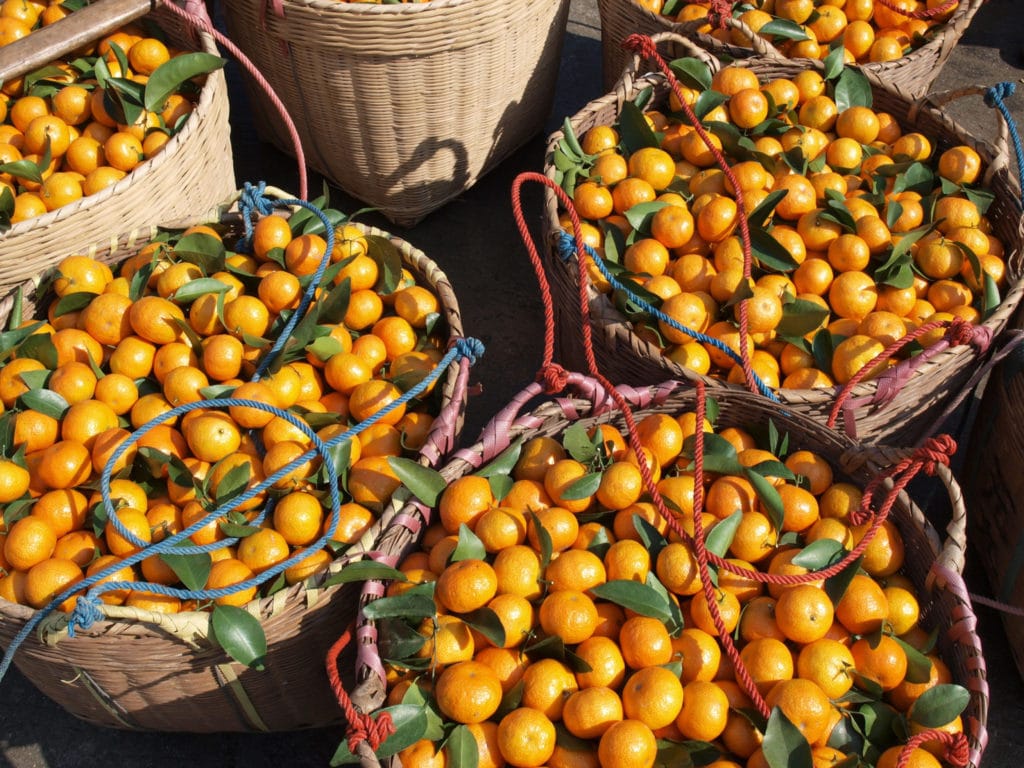December, 2021
The USDA Agricultural Statistics Board recently released its 2021-2022 Florida orange forecast for all varieties. The total is currently estimated at 46 million boxes, which is 1 million boxes lower than the previous estimate from October. If this number holds firm, it represents a 13% decrease in total orange production when compared to last season. In this forecast, the USDA predicts 18 million boxes of non-Valencia oranges (early, midseason, and Navel varieties) and 28 million boxes of Valencia oranges. Florida citrus production has declined quite a bit over the past decade, though this season is shaping up to be particularly tight.
In Brazil, Fundecitrus also released its second orange crop forecast for the 2021-2022 season. In it, the organization predicts that Brazil’s orange crop is projected at 264.14 million boxes. This crop size is 1.39% smaller than the 267.87 million boxes of the September forecast. Since May, the Brazilian crop has decreased a total of 30 million boxes, or 10.2% from the initial forecasts of the season. This is due to a variety of factors that Berjé has previously discussed including severe drought, unseasonal frosts, and COVID-19 complications. Brazilian oranges have suffered from smaller fruit sizes, reduced production yields, and increased fruit droppage rates. Fundecitrus currently estimates that the harvest in Brazil has reached 65% completion through mid-November, and harvest has finished for early varieties of orange (Hamlin, Westin, and Rubi).
All of this data points towards orange prices continuing on their steady path of increased overhead costs, resulting in market prices for oil climbing to 3x or 4x their typical value. As the largest exporter of oranges in the world, Brazil has a huge amount of pricing power within the orange market, and other countries typically follow their lead when it comes to determining the cost of orange oil. To help navigate these issues, Berjé sources from both the Northern and Southern Hemisphere, providing coverage all year round and minimizing supply risks. We will continue to monitor the situation and provide updates on specific products whenever possible.
Posted In:
Feature Articles - Market Report - Brazil - Brazil Drought - Florida - Fundecitrus - Orange Oil - Orange Oil 10x - Orange Oil 5x - Orange Oil Midseason - Orange Oil SA - Orange Oil Valencia - USA - USDA
